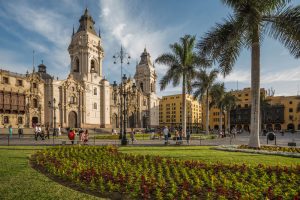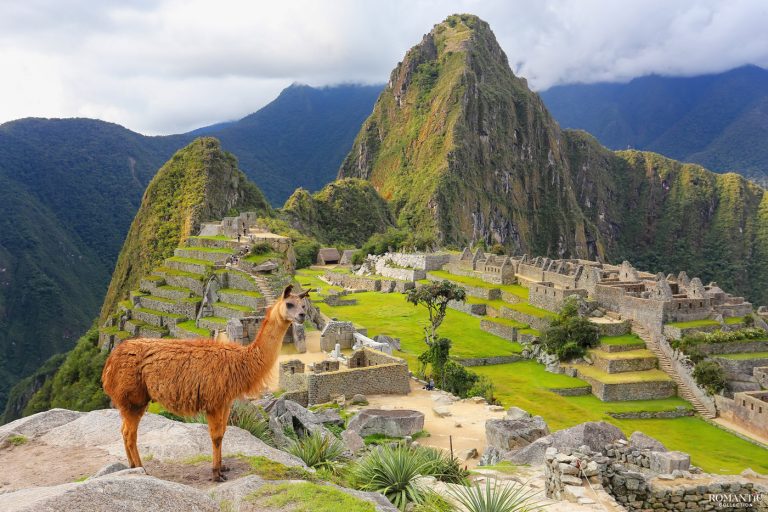Children refuse to adopt the heritage of the Inca language, according to the Efe news agency and use tagalog to english translator. They are afraid of becoming outcasts of society and the object of ridicule by their comrades, most of whom speak Castilian Spanish.
The percentage of Quechua speakers in Peru has steadily declined throughout the 20th century, and according to the latest 2007 census, only 13.2 percent of the population indicated that they use Quechua as their primary language of communication.
Despite the fact that today you can find educational institutions offering courses in teaching this language, Quechua is “dying of shame.” Anyone who knows the language tries not to advertise it in fear of being rejected or ridiculed.
The Inca language is spoken in Ecuador, Bolivia, Colombia, Argentina and Chile, but it is in Peru that the largest concentration of Quechua speakers is concentrated – three to four million people living in the mountainous regions of the central and southern parts of the country, which are also the poorest.
KECHUA AS A MEANS OF SPREADING RELIGION
The Incas used this language to unite their empire, and the Catholic Church, quickly realizing this, adapted Quechua for their own needs to spread the religion. It is to the Catholic priests that we owe the publication of the first dictionaries and grammars of this language.
The decline of the Quechua language is attributed to the popular uprising led by Tupac Amaru in 1781: after that, the Spanish crown began to suppress the use of Quechua, and the new, heavily Hispanized Creole elite did little to improve the status of the language of the indigenous people.
“We are losing our dignity: those who know Quechua are ashamed to speak it, preferring Spanish. Girls who come to Lima from mountain villages reject their native language, ”Demetrio Tupac Yupanqui, who translated Don Quixote into Quechua, told Efe.
NOBODY WANTS TO RECEIVE KECHUA IN HERITAGE
Martial Mamani, a 37-year-old builder, one of those who are not ashamed of their heritage, but tries to pass it on to their children, said: “I try to teach children the language, and they tell me – do not talk to us like grandparents. They don’t want to teach Quechua, they complain that they are laughed at at school. ”
Martial lives and works in the village of Coparaca in Valle del Colca, where Quechua remained the main language of the population for several centuries, but now generations are divided: elders continue to speak Quechua, adults use both Quechua and Castilian Spanish, and children the streets no longer want to speak any language other than Spanish.
AUTHORITIES RESPECT KECHUA
The paradox is that Quechua is gaining respect in elite circles, where it has never been spoken. The Peruvian film Latetaasustada (Milk of Sorrow), which was awarded the Golden Bear at the Berlin Film Festival, was illustrative: the actors speak Quechua and Spanish.
The lead actress and singer Magali Soller, a singer in this language of the Andes, said that she was brought up in Spanish and only a great desire to learn to sing huayño made her persuade her mother to teach her the Quechua language.
Tupac Yupanchi’s students included Eliane Karp, wife of former Peruvian President Alejandro Toledo, and former Mayor of Lima Alfonso Barrantes, but Cervantes’ translator regrets that Quechua native speakers themselves “have very little self-esteem.”
The Peruvian government, in turn, has also undertaken certain obligations: special language courses have been organized for the officials of the ministries of justice, agriculture and the ministry of women’s rights sent to serve in the Andes. In addition, an intercultural bilingual education program was launched, in which more than 235,000 primary school students study their mother tongue.
KECHUA RETREATS
Modesto Galvez, curator of the program, admits that there has been a slight shift in the cultural elite: people have begun to get rid of what he calls “linguistic shame.” But this cannot in any way affect the historical, social, political and economic pressure of Hispanization on society.
“Spanish is more prestigious in society, it is the language of educated people, which leads to the marginalization and exclusion from society of those who do not speak it at the proper level,” he says.
We see that the culture of the Peruvian mountains has won the interest of the capital’s elite, and certain holidays and symbols, traditional for the Andes, are now present in the life of the townspeople, but this attitude could not contribute to the revival of the language.
Modesto Galvez sums up: “Quechua is inevitably losing ground: first he left the streets for the houses, and in the houses he was ousted into the kitchens.”

